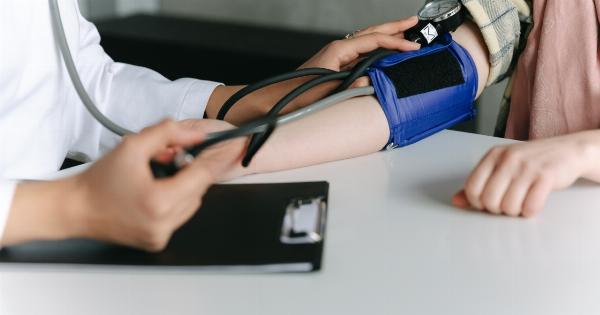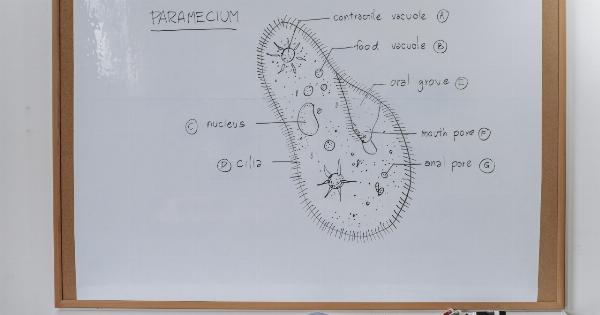Anemia is a condition that results from the lack of sufficient red blood cells in the body. Hemoglobin, a protein in red blood cells, carries oxygen throughout the body.
Without enough hemoglobin, the body’s tissues do not receive enough oxygen, leading to symptoms like fatigue, weakness, and shortness of breath. It is essential to be aware of the symptoms of anemia to take steps to prevent or manage this condition effectively. Here are some of the symptoms of anemia you should not ignore:.
1. Fatigue and Weakness
One of the most common and significant symptoms of anemia is fatigue and weakness. Since the body’s organs do not receive enough oxygen, they do not function optimally, leading to overall weakness and fatigue.
This symptom can worsen over time and progressively make it tough for a person to carry out the daily activities that require physical activity.
2. Pale Skin
If you have anemia, you may notice the skin on your face, abdomen, and hands may appear abnormally pale. When your body lacks enough red blood cells, it will make your complexion appear lighter than usual or even yellowish in some cases.
In more severe cases of anemia, the lips and tongue may also become pale.
3. Dizziness
Due to the decreased oxygen levels, people with anemia can experience dizziness, lightheadedness, or even fainting. The lack of oxygen to the brain can cause a person to feel confused and disoriented, leading to difficulty in balance and coordination.
It is critical to seek immediate medical attention if you experience this symptom, as it may indicate serious complications.
4. Irregular Heartbeat
Anemia can lead to heart problems, such as an irregular heartbeat. The reduced oxygen supply can cause the heart to work harder to deliver oxygen-rich blood throughout the body.
This overexertion of the heart can trigger an irregular heartbeat or even heart palpitations.
5. Shortness of Breath
Decreased oxygen in the body can result in shortness of breath, even after performing mild activities like walking, performing chores, or climbing the stairs.
The lack of oxygen can cause the lungs to work harder than they usually do, causing this symptom. It is essential to seek medical attention if you experience shortness of breath that doesn’t resolve on its own or gets worse over time.
6. Frequent Headaches
Anemia can cause headaches, which can vary in intensity and duration. People with anemia may experience frequent headaches that are throbbing or dull.
These headaches usually occur due to the insufficient oxygen supply that the brain receives when red blood cells are reduced in number.
7. Chest Pain
Severe anemia can cause chest pain, chest pain or discomfort when performing regular activity, or chest pain that is triggered by physical exertion.
This symptom occurs when the heart has difficulty in pumping enough oxygen-rich blood through the body, resulting in reduced blood flow to the heart muscle.
8. Brittle Nails
People with anemia may have brittle nails that split, break or crack easily. This occurs when there is insufficient oxygen supply to the nail beds, making them fragile and prone to damage.
The nails may appear pale, thin, and curved inward, which is a classic symptom of anemia in chronic iron deficiency cases.
9. Cold Feet and Hands
If your hands and feet always feel cold, even on a warm day, it could be a sign of anemia. When your body lacks iron, it reduces oxygen supply to its extremities to reserve enough oxygen for the organs.
This symptom can worsen over time, leading to numbness and tingling sensations in these body parts, and it is critical to seek medical attention immediately.
10. Short Attention Span and Memory Loss
Insufficient oxygen supply to the brain can also cause people with anemia to experience memory loss or have difficulty paying attention to tasks. This symptom can progress and can be difficult to manage if left untreated for too long.
Conclusion
If you or anyone you know shows any of the above signs or symptoms, it’s essential to talk to your doctor or seek medical attention immediately. Early treatment can significantly improve the outcome and also prevent more severe complications.
People who are at higher risk of developing anemia, such as women, older adults, people who don’t consume meat, or have a family history of anemia, should get regular check-ups to detect any signs of this condition. Proper nutrition, such as consuming iron-rich foods, can also help prevent anemia and its associated symptoms.


























